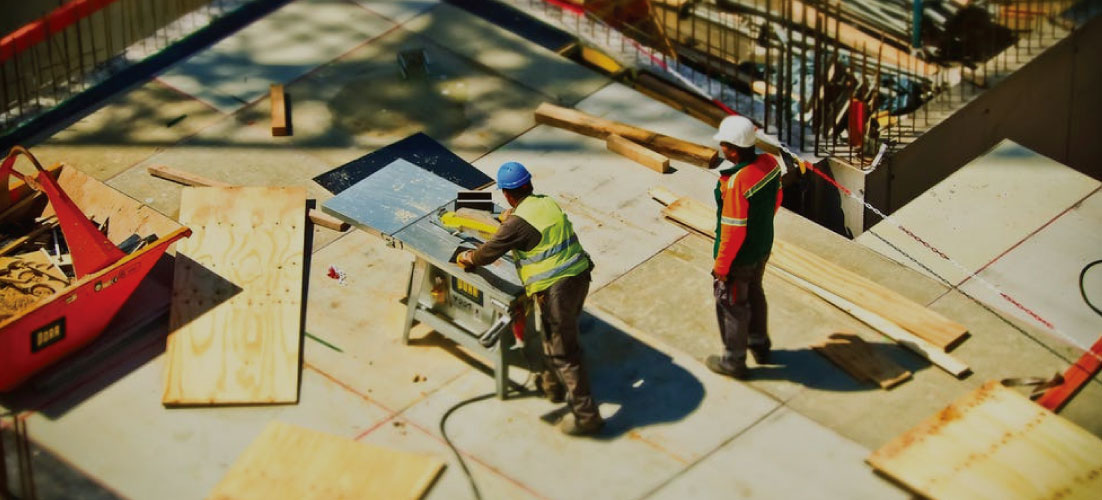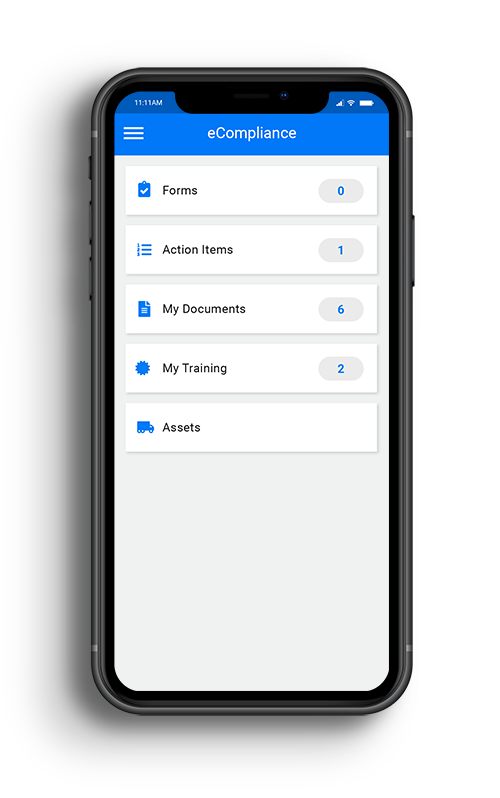
Share this Post
PUBLISHED
February 18, 2021
READ TIME
4 Minutes
WRITTEN BY
![]() Dina Adlouni
Dina Adlouni
Dina is the resident Content Writer at EcoOnline North America . When she’s not writing about health and safety, you’ll find her enjoying a cup of tea while watching her favorite sitcom.
At times, certain construction companies can make the mistake of trying to focus on too many leading indicators at once. This mistake leads to ineffective methods of protecting front-line workers. With the right leading indicators, you can create a better, safer place to work, reduce costs, and boost your standing within the construction industry.
Of course, leading indicators vary according to safety maturity level, but here are some leading indicators which are applicable across the board to keep your finger on the pulse of what’s really happening on-site:
1. COVID-19 Daily Assessment Form Submission
COVID-19 is still an ever-present risk, especially with the new variants which have emerged. With this in mind, it’s essential to track all symptom form submissions daily to reduce all risks on-site. Safety professionals within our customer community at Avenge Energy Services, were able to use EcoOnline eCompliance to build a form called the COVID-19 Daily Self-Assessment Tool and use the reporting tool to create an alert system.
“Because we were able to receive data in real time, we could see the flaws in our processes a lot quicker than you would if you were using a paper system and trying to collect all the information and put it in a spread sheet.” – Andrew Bursey, Director of HSE & Transportation, Avenge Energy Services.
2. Hazard Identification Recorded and Corrective Action Closure
With construction being one of the most dangerous industries, it’s imperative to take a deep dive into all hazards recorded and corrective actions closed. Having a record of all hazards identified, you can properly track trends and patterns to understand why they recur.
Are all corrective actions assigned effective? Have they been completed? When looking at your corrective action closure rate, analyze if these have truly helped create a safer workplace based on the types of hazards which have been recorded.
With EcoOnline eCompliance, Richcraft Homes grew the number of monthly corrective actions completed by 400% and their previous two-week long hazard identification process was reduced by 85%!
3. Completed Safety Meetings and Employee Participation Rates
Strengthening your safety culture can be done through regular safety meetings and toolbox talks. Take time to speak with your team members about what issues have been trending and empower them by letting them know their input matters to the success of the organization.
It’s also important to measure employee participation rates within these meetings to gauge engagement levels. Use these meetings to create a platform for positive recognition and employee involvement to increase participation rates among your front-line and therefore, a stronger safety culture.
In less than a year, EcoOnline eCompliance has helped safety professionals at Mobilinx conduct over 1800 workplace inspections, 80 coaching sessions, and 250 focused safety talks company-wide!
4. Employee Trainings Completed
Part of creating a safer construction site is giving front-line workers the proper tools to do their jobs safely. This can be accomplished by regular training and certifications of both new and old hires. Ensure you are recording the number of trainings completed by employees and take the time to communicate proper re-training methods.
Don’t forget to also look at the time spent on new hire orientations and training. When fresh hires first come on-site, it’s important to give them the proper foundational skills needed to do their jobs efficiently and with care. Learn about EcoOnline North America ’s training management platform and 200+ eLearning courses to identify any gaps in training and ensure all workers are up-to-date.
MAREK has uploaded 5,000 training records into the EcoOnline eCompliance platform and is now able to thoroughly report on training management – gaining real-time insights into the actions of its employees. This has enabled the organization to identify “A-Safety Players” to help celebrate and continue to build its safety culture from within.
5. Near Miss Reports
Though there has been much debate on whether near-misses count as leading or lagging indicators, we believe that when analyzed effectively, near-misses can be an important leading indicator. It’s essential to analyze all near-misses including what led to the potential circumstance, what corrective action was assigned, and whether this action was effective. Near-misses can help you pinpoint weaknesses in your safety program to take the necessary actions to ensure everyone’s safety on-site.
Because near-misses can be a sensitive topic, try rebranding them with a different name to increase frontline buy-in. If employees see this as an opportunity for growth and improvement, they may be more inclined to report it.
Want to take an even deeper dive into where you sit on the safety maturity scale?
Check out our Safety Maturity Quiz to find out where you rank on the safety scale and what leading indicators you should focus on, and don’t forget to reach out to one of our safety experts to explore how our suite of safety software can help you. A stronger safety approach is just a click away.
Learn How You Can Get eCompliance
Complete this form and one of our safety experts will be in touch.

